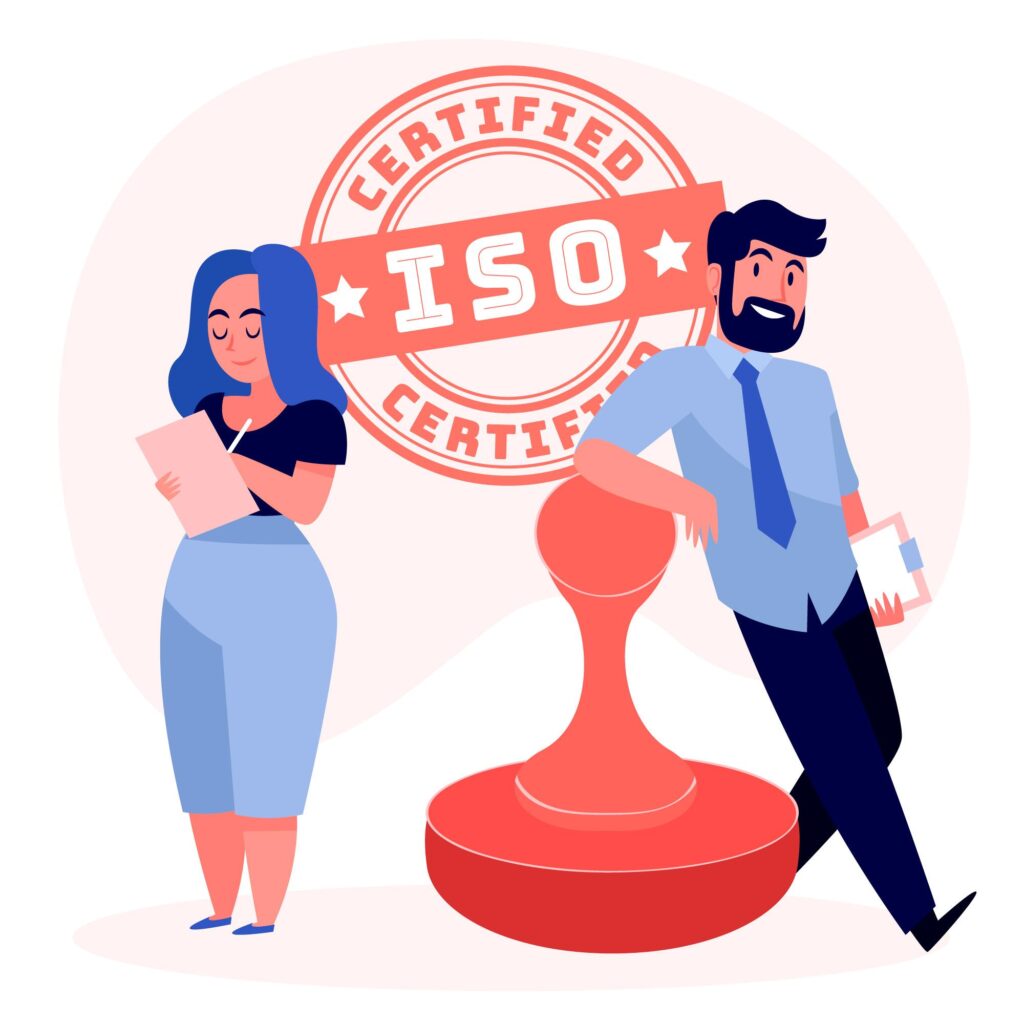
To obtain an ISO certificate, follow these general steps:
Understand Requirements: Identify the specific ISO standard relevant to your industry or business process (e.g., ISO 9001 for quality management, ISO 14001 for environmental management).
Read Guidelines: Familiarize yourself with the requirements outlined in the ISO standard documentation.
Gap Analysis: Assess your current processes and systems against the ISO standard requirements. Identify gaps that need to be addressed.
Implement Changes: Make necessary changes to align your processes with ISO standards. This may involve updating policies, procedures, and documentation.
Training: Train your staff to ensure they understand and follow the new processes and procedures.
Internal Audit: Conduct internal audits to verify compliance with the ISO standard. Address any non-conformities identified during the audit.
Management Review: Hold a management review to evaluate the effectiveness of the implemented changes.
Select Certification Body: Choose a reputable certification body accredited by an ISO member body.
Application: Submit an application for ISO certification to the selected certification body.
External Audit: The certification body will conduct an external audit to assess your compliance with the ISO standard.
Corrective Actions: Address any non-conformities identified during the external audit.
Certification: Upon successful completion of the audit process, the certification body will issue the ISO certificate.
Remember that the process may vary slightly based on the specific ISO standard and certification body. It’s advisable to consult with experts or hire consultants familiar with the ISO certification process for guidance tailored to your organization.




